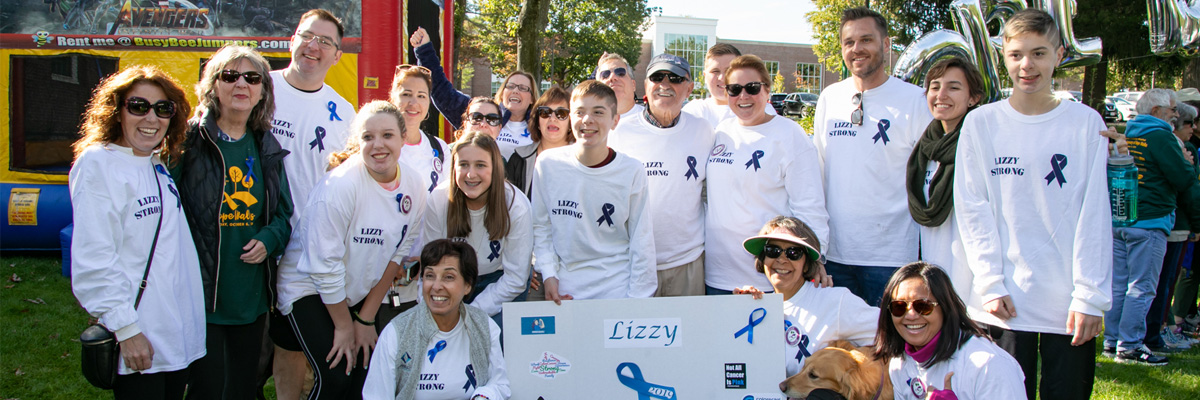Your participation in Hope Walks this year will help us expand vital care by securing a second linear accelerator (LINAC), the equipment that provides radiation therapy to patients. It will also contribute to replacing the existing machine that was installed when the Center opened in 2009. The addition of two new linear accelerators is a top priority and will:
- Grow and accommodate the current need and the continued increase in patients who need treatment at Newton-Wellesley.
- Expand offerings of innovative radiation treatments.
- Replace the existing machine.
- Provide redundancy for routine maintenance.
Why is the Linear Accelerator Important?
Today’s radiation oncology includes a number of advances that benefit patients and assist the Cancer Center staff who plan and deliver their radiation oncology treatments. Those advances include:
- Higher dose rate: this allows for shorter treatment delivery times and is especially important for Stereotactic Body Radiation Therapy (SBRT), a targeted treatment that directs multiple thin and varying beams of radiation at a tumor to overlap and destroy cells.
- Patient positioning: this feature accommodates patients who have limited movement by incorporating angles for the radiation beam to deliver precise treatment.
- Intra-fractional imaging and feedback: this new technology detects tumor responsiveness during treatment.
- Respiratory motion management: this is particularly important when treating cancer in the chest, and the patient’s breathing may cause movement that must be controlled. It assures that the radiation beam is only on when it is aimed at the tumor.
Radiation Oncology Facts
- 5,900 radiation treatments provided in 2009
- 9,500 radiation treatments provided in 2020
- 35% of patients with new cancer diagnoses at NWH receive radiation treatment
- NWH operates radiation treatment sessions an average of 12 hours per day – the longest treatment day in the Mass General Brigham System
